Ireland, like the United States, has some seriously stunning natural wonders.
Mainland Europe might have the Acropolis, the Coliseum, the Sagrada Familia, and Piazza San Marco, but Ireland is home to more natural wonders than any of our European cousins.
In Ireland, you can feel the power of the waves pushed east from North America at the edge of the Atlantic Ocean or wander in solitude down one of the many towpaths along the majestic River Boyne.
How powerful and incredible would that be? From the otherworldly landscape of The Burren to the forests of Slieve Bloom, Ireland has something for everyone whether you're traveling north, south, east, or west.
Here are IrishCentral's top ten natural wonders of Ireland:
The Giant's Causeway
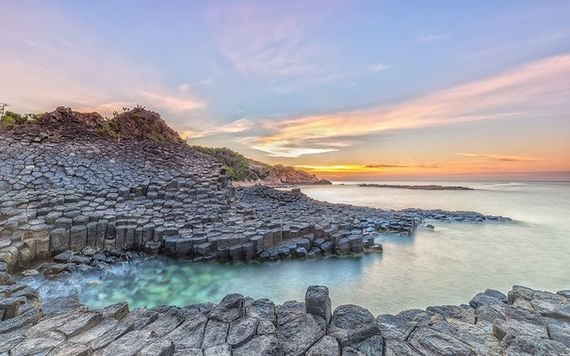
The Giant's Causeway
The intriguing lunar landscape of the Giant’s Causeway, in County Antrim, was Northern Ireland’s first World Heritage Site. It has to be seen to be believed.
This stretch of rock is a geological phenomenon, renowned for its columns of layered basalt. It mystified the ancients who believed it to be the work of giant Finn McCool.
The Cliffs of Moher
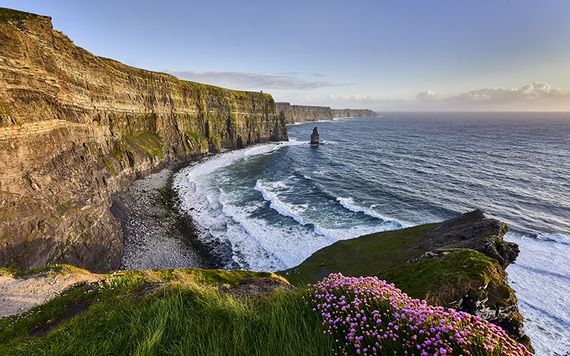
The Cliffs of Moher
The Cliffs of Moher, in County Clare, have been known to make the most jaded jaws drop.
Standing 700-feet above the raging Atlantic Ocean, the towering cliffs stretch out for a distance of about five miles and offer stunning cliff walks. Make sure to stay back from the edge.
The Cork/Kerry coast
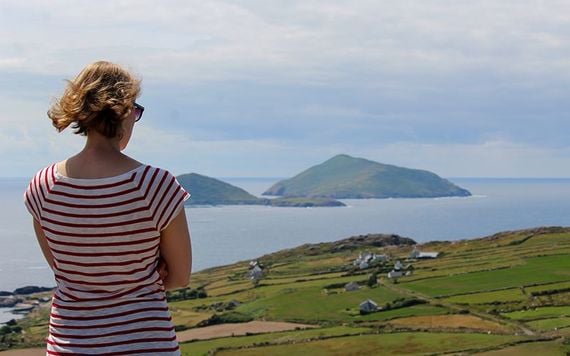
The Kerry coast
The Cork/Kerry coast is famous for its beautiful white, sandy stretches of beach, many of which have ‘Blue Flag’ status.
Sunny weather brings out the best in the beaches at Youghal Front Strand and Inchydoney, in Cork, or Inch and Banna in Kerry. However, whatever the weather, the beaches are a wonderful retreat from the urban landscape.
The Ring of Kerry and Ring of Beara

Ring of Beara
The narrow roads of the Ring of Kerry offer some of the most spectacularly scenic views in Ireland.
It's best to take your time driving the Ring of Kerry or the Ring of Beara and most visitors say it's best done by car. They also say to leave plenty of time to enjoy the trip.
Slieve Bloom, in County Laois
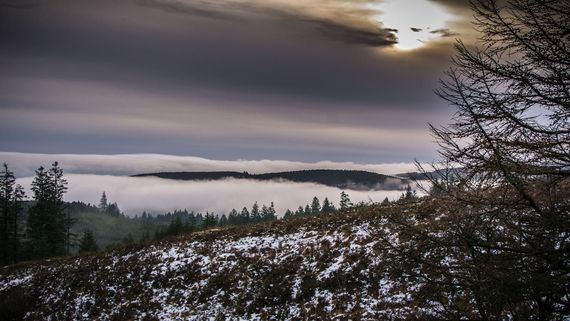
Slieve Bloom
The Slieve Bloom mountains in County Laois are at the very heart of Ireland and offer a chance for the visitor to slow down and really enjoy the scenery.
Hike along leafy forest trails, passing waterfalls and streams, or cycle down the peaceful country roads.
Enjoy the warm glow of a traditional turf fire at night. And sleeping won't be a problem after a day out on the shady forest trails and along the lush green glens.
The Ring of Gullion
 11
11
Slieve Gullion
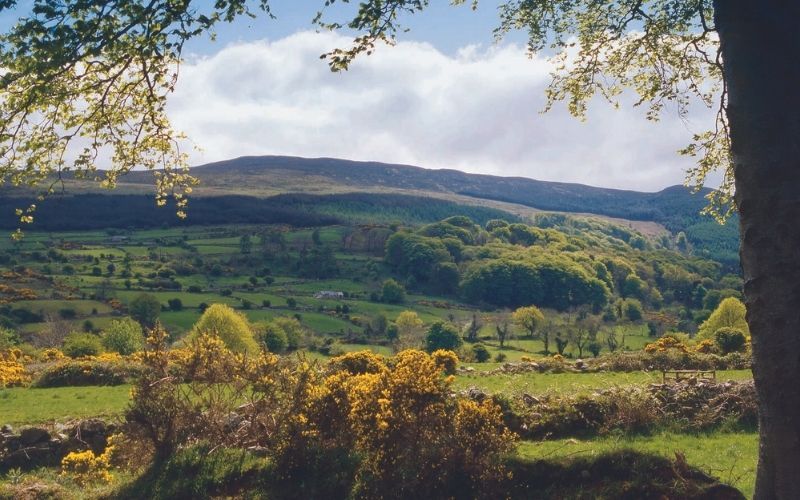
Slieve Gullion
The Ring of Gullion, in County Armagh, is a unique geological landform. A ring dyke not found anywhere else in Ireland, the heather-clad Slieve Gullion is surrounded by a circle of low hills 24-miles in diameter.
Slieve Gullion's reputation as Ireland's mountain of mystery arises from its rich associations with Irish legends and myths.
The River Shannon

The River Shannon
The River Shannon carves its way through some exceptional countryside and, at 231 miles, is the longest river in Ireland. This enchanting waterway weaves past picturesque villages down to the Atlantic Ocean, at Limerick, and makes an ideal spot for a fishing, boating, or a simply relaxing vacation.
The Burren
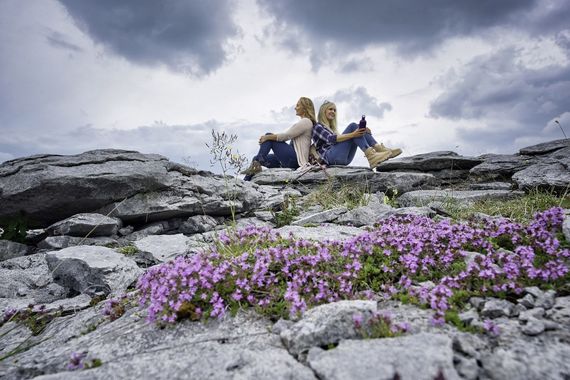
The Burren
Identifying the plethora of flora and fauna in this region in County Clare offers up some spectacular sights, including sheets of gold and cream Arctic-alpine even in May and the 22 varieties of orchids, which flower through the summer months until September.
The Mourne Mountains
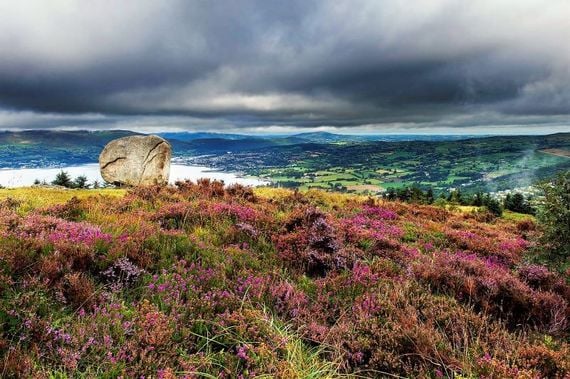
The Mourne Mountains
The Mourne Mountain range is an area of outstanding natural beauty with a compact and accessible collection of peaks in the south-eastern corner of Northern Ireland. Clustered within this area are twelve peaks over 2000 feet high, including Slieve Donard, the region’s highest mountain.
The Boyne Valley
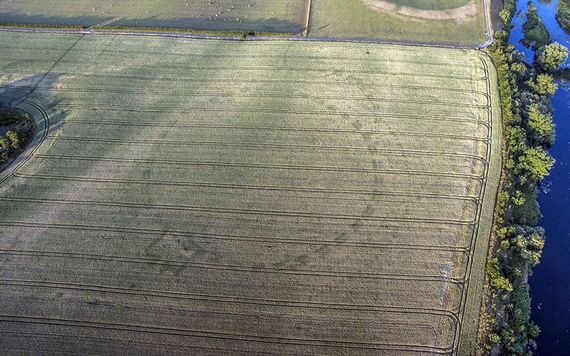
The Boyne Valley
The Boyne Valley is home to some of Ireland's most important archaeological sites. The most famous – Newgrange – predates the pyramids in Egypt by hundreds of years. And, of course, there's the river which runs through the area giving the Boyne Valley its name.
* Originally published in 2017. Updated in 2022.




Comments